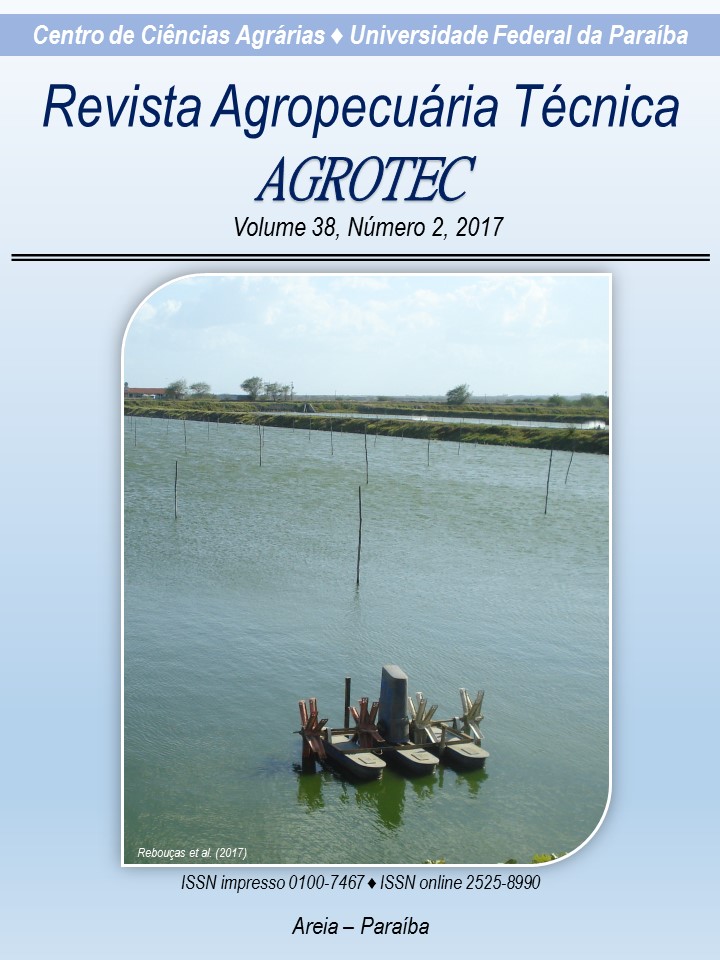Biological aspects of <i>Cycloneda sanguinea</i> fed on aphids <i>Brevicoryne brassicae</i>, Hyadaphis foeniculi andeggs of <i>Anagasta kuehniella</i>
DOI:
https://doi.org/10.25066/agrotec.v38i2.28909Keywords:
Productivity, Performance, PlanningAbstract
Fennel Foeniculum vulgareand kale Brassica oleraecea are important medicinal plants and relevant condimental, however, the attack of aphids prejudicestheir cultivation.The biological control is an important tool to reduce the insect-pest population. Thework aimed to evaluate the biological development of immature stagesand adult weight gainof Cycloneda sanguinea fed on aphids Hyadaphisfoeniculiand Brevicoryne brassicae, and Anagasta kuehniella eggs, comparing the type of food. The search was conducted under laboratory conditions, medium temperature (25 ± 2 ºC), relative humidity 70 ± 10% and photophase 12 h. We used three treatmentswith 15 replicates. The parameters evaluated were duration of each larval instar, complete larval stage, prepupal stage and pupal stage, sex ratio and weight of adults, aswell as percentage of feasibility of each lady beetlestage. The larvae ofC. sanguinea develop satisfactorily when they consume H. foeniculi and B. brassicaewith 10.2 days of period larval to adult and 100% feasibility of pupae. The weight of adults washigher (14.7 mg) when the ladybugs fed on H. foeniculi, being evidenced the potential of survival under these aphids.Thefennel aphid provides better development for larvae and weight gain of C. sanguinea adults and eggs ofA. kuehniella,compared with the aphids, are not adequate for good development of the ladybug.


